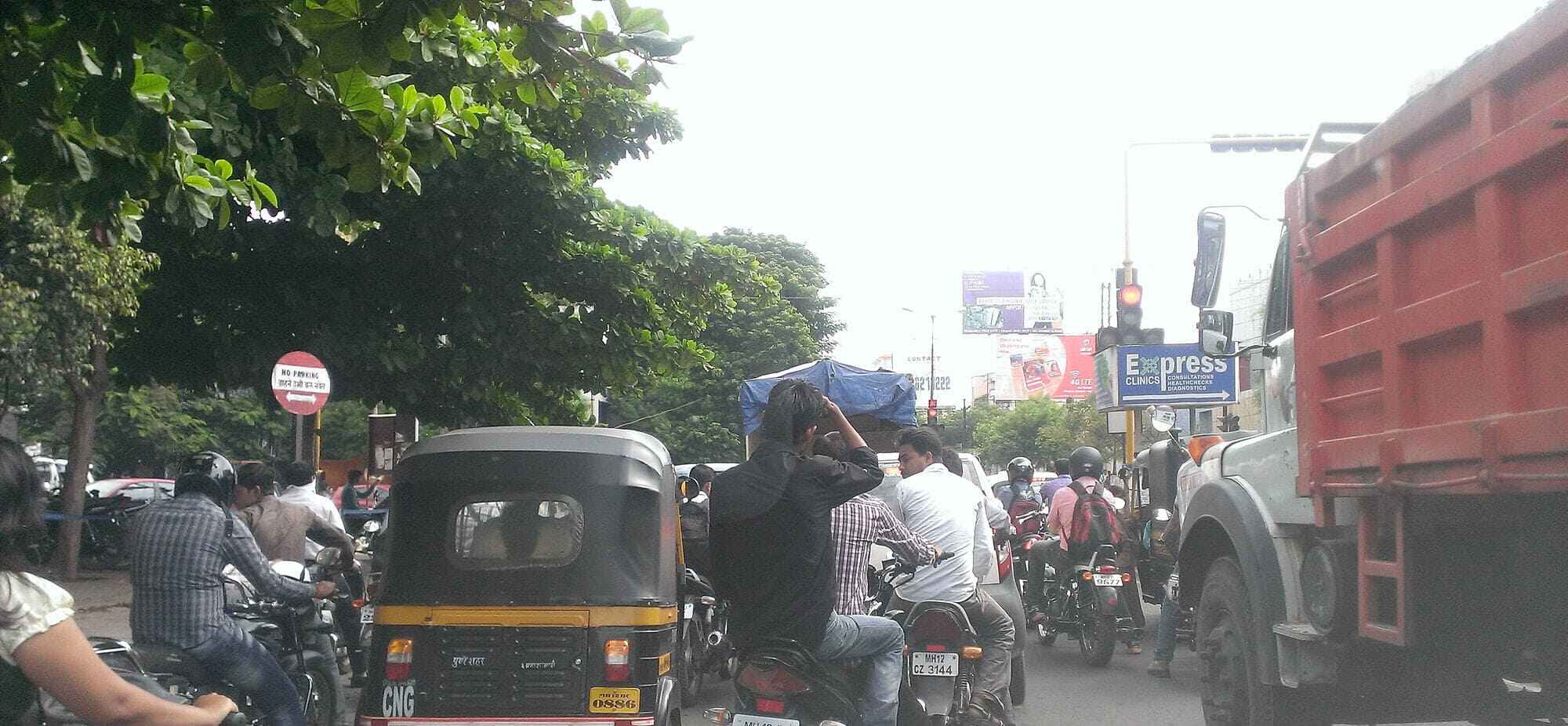
Clear blue skies, pleasant weather and clean air – these have been some of the terms used to describe the city of Pune in Maharashtra over the years. Boasting of a thriving education sector, booming industrial development and a fast-growing IT sector, the city offered the promise to become an urban success story. But fast forward a couple of years and the city is crumbling, threatening to reach a breaking point, as overpopulation and lack of governance have derailed holistic growth and development. Present Scenario A city that was once home to a thriving cycling culture, Pune now finds itself to be a victim of air pollution, with a major contributor being the transportation sector. The booming industrial development is also not far behind. In 2018, Pune gained an interesting distinction of becoming the first urban region to have more vehicles than the number of people. Ironically, it was in this very year that it topped the Ease of Living Index released by the Union Ministry of Housing and Urban Affairs. Data Paints a Worrisome Picture In a recently published report by the Automotive Research Association of India (ARAI), transport emissions and road dust (gravel and concrete) contribute around 45% of the air pollution in Pune. Experts have highlighted particulate matter emissions – PM2.5, PM10 – to be the most dangerous after Nitrogen Oxides (N0x) and carbon emissions. The ARAI report highlighted that transport emissions are responsible for 20% of the PM2.5 emissions in Pune district, with road dust accounting for 35% of the PM10 emissions and about 20% of PM2.5. A 2019 ICMR study revealed that Maharashtra had the second highest air pollution-related deaths that year, with the report also disclosing that the cost to the state’s GDP was a whopping Rs 7,182 crores. These figures paint a grim picture, with the negligence from city authorities only adding to the woes. The city witnesses traffic snarls daily, with inadequate public services exacerbating the situation. The Road Ahead First, there is an urgent need for a sustainable plan of action that sees the city’s public transport system become more efficient and affordable. The usage of private vehicles needs to be discouraged through the investment in the improvement of the PMPML service and resurgence of BRTS, along with improved cycling and walking infrastructure. The adoption of electric buses is a step in the right direction. Union Minister Nitin Gadkari has been an advocate for flex-fuel engines and has emphasised on the need to revamp the entire public transport system to an electric base, along with increasing charging stations across the city. While the plan of action has been laid down, trouble arises when it comes to the execution.
10 Oct 2022
Allen David James